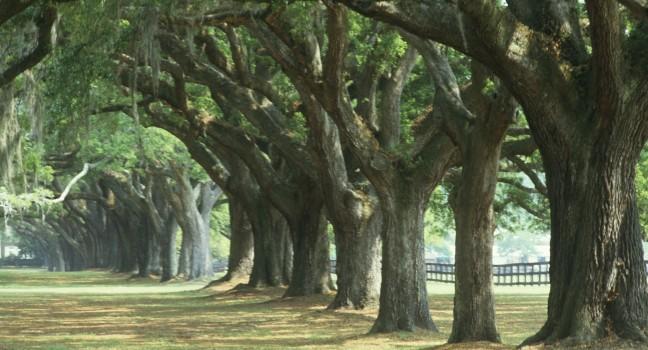Established in the 1730s, Middleton Place was at the center of the Middleton family’s empire of rice plantations, where they enslaved 3,500 people on 63,000 acres of properties throughout the South Carolina Lowcountry. With its massive three-story brick manor home and prized gardens, Middleton Place continues to be a grand statement of wealth and the bitter injustice and cruely behind it.
To get the complete picture of life on the plantation, take the Beyond the Fields tour and film, focused on the lives of the Africans and African Americans who lived and worked at Middleton. The tour begins at Eliza’s House, a restored 1870s sharecropper’s home.
Middleton's original manor home was destroyed in the Civil War, but one of its flanking buildings, which served as the gentlemen’s guest quarters, was salvaged and transformed into the family’s post-war residence. It now serves as a house museum, displaying impressive English silver, furniture, original paintings, and historic documents, including an early silk copy of the Declaration of Independence. In the stable yards, historic interpreters use authentic tools to demonstrate spinning, weaving, blacksmithing, and other skills from the era. Heritage-breed farm animals, such as water buffalo and cashmere goats, are housed here, along with peacocks.
Restored in the 1920s, the breathtakingly beautiful gardens include camellias, roses, and blooms of all seasons that form floral allées (alleys) along terraced lawns and around a pair of ornamental lakes, which are shaped like butterfly wings. Wear comfortable walking shoes to explore Middleton's gardens, and dress to be outside.




